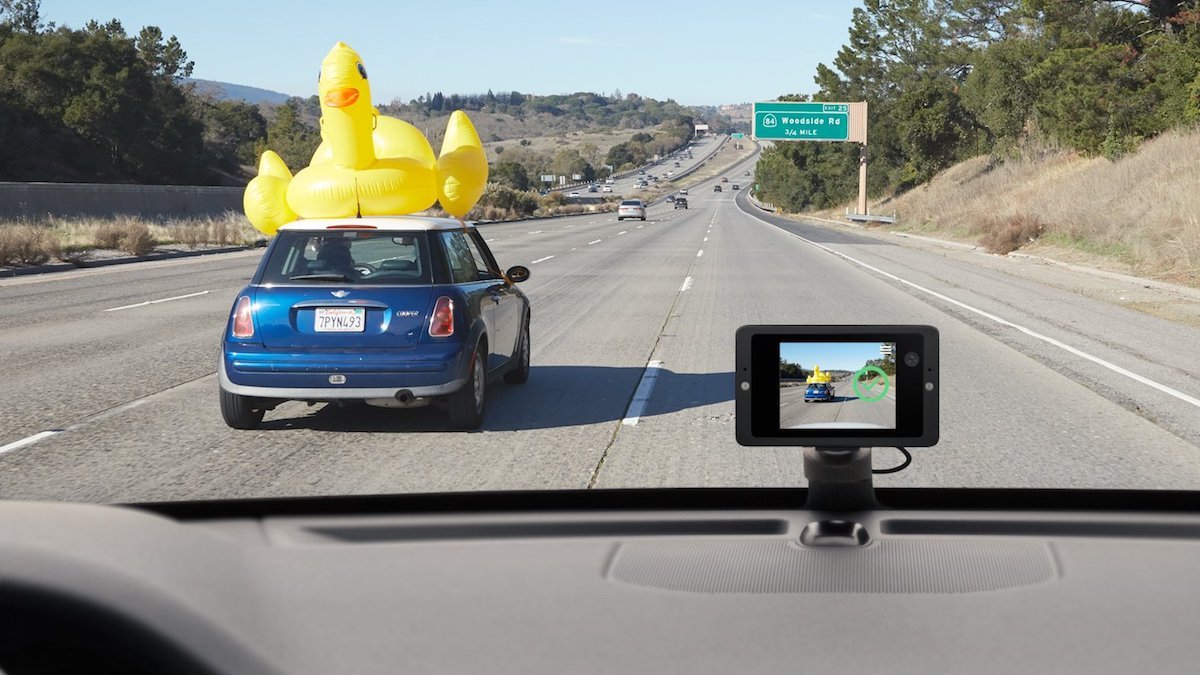Introduction
I’ve been a big fan of Leo LaPorte’s This Week in Tech podcasts for a long time, and one of his mantras about backing up your data is that you always want three copies. One copy exists on the device you have, like your laptop or portable device. One copy should be off-site, maybe in the “cloud” like Dropbox or Carbonite. And you should have a backup at home; indeed, it should be one that updates in the background whenever you’re on Wi-Fi, effortlessly keeping your photos and files safe and sound.
There have been plenty of digital content storage solutions over the years that try to take care of that last leg of the back-up stool, but usually they involved remembering to plug into an external hard drive and running a back-up on a regular basis (which we all forget/neglect to do), or setting up some kind of NAS (network attached storage) connected to your router, and then sorting out the software to automate the backup, which often added challenges that many average users found challenging.
So, I was very interested when Western Digital, asked me to try out their new My Cloud Home personal cloud solution, and write an honest review. Many years ago, I had gone the NAS route, and never really got it to work the way I wanted, so I was eager to see if their solution could do better.

Models and Pricing
The My Cloud Home comes in two flavors, and many capacities. The My Cloud Home runs from 2TB (for $160) up to 8 TB (for $320). Then, there’s the My Cloud Home Duo, which has mirrored drives set to RAID 1, which means everything you back up is mirrored on two hard drives, so that if one of them fails, the other one still has everything; it’s that one more extra-safe level of back-up that people with really mission-critical data may want. Those run from a 4TB model at $310, up to a massive 16TB model for $700. And to be quite clear, all you pay for is the hardware. There are no monthly fees for the services. It’s all included.
WD sent me a 4TB My Cloud Home model to test and evaluate. Of course, the real test of any device like this is how easy/hard it is to set up on your network and your devices. So, how did the My Cloud Home do?

My Cloud Home Setup
I was surprised and delighted that the My Cloud Home setup when exactly as described in the very simple “Get me started” card that comes with the device. I set the drive next to my Wi-Fi router and plugged it in via an open Ethernet port. I plugged the power in, and the drive booted up. A few minutes later, I used a browser on my laptop to go to the My Cloud site, created an account, and it immediately discovered the drive. I downloaded and installed the My Cloud Home desktop software for my Mac (also available for Windows), and it created an additional folder in my Finder for the drive, much like Dropbox, and I could choose which files and folders from the laptop would be backed up in the background. I also set the My Cloud drive up as a Time Machine backup drive, so my Mac laptop is backed up that way as well (it’ll work with Windows Backup, too). It was well-nigh effortless.
On top of all that, I added the app to my iPhone, and now my phone photos are saved to the drive. I can access all the files saved there via the app as well. There’s complete synchronicity between my devices, again much like Dropbox, but the point is that the storage is safe at home, under my control. That’s a good feeling.
The next challenge was adding family members; and the biggest part of that challenge being adding my older son who is off at college, 2,000 miles away. I simply sent him an email link from the My Cloud app, and he was able to set up his own account on the My Cloud Home device giving him a central place to save his phone and laptop files too. I didn’t need to play GeekDad and provide tech support to guide him through it; it just worked for him. And because it’s his own account, only he can and access see his files.
So, the setup was a breeze; totally impressed. Over the following couple days, everything saved in the background when I was on Wi-Fi. Now, I’ve got files backed up in multiple locations, and it’s all easily accessible.
But wait, there’s more!

My Cloud Home Services
What I’ve been exploring since then are the additional services the WD My Cloud Home offers. These are extensions or applets that allow you to connect your My Cloud Home drive to other services and store data you keep in other places, like social accounts or other cloud storage sites. You can connect My Cloud Home to your Facebook account, and backup the pictures you post there. You can connect it to your Dropbox, Box.net, Google Drive, or OneDrive accounts and store and backup your cloud data too.
But there are two services that are really interesting to us geeks who like to fiddle and hack. The first is Plex. Plex is a software solution for maintaining a home media server and accessing your music and video wherever you go. You can activate it on your My Home, and turn it into your own media service, which you can then access with Plex apps on pretty much every device around, including phones, tablets, streaming boxes, and more. And a key feature of the My Cloud Home hardware is that it will re-encode video in real-time to serve it to you wherever you are, and whatever the quality of your bandwidth may be at the moment.
The second is IFTTT – If This Then That, which is an automation tool that can give you the power to connect many of the online tools you already have, and let them cross-pollinate and work together. For example, you can connect your My Cloud Home account to IFTTT, and then use it to automatically back up every picture you post to Tumblr or Instagram, or store a picture from your Netatmo front door camera every time someone comes to your door, or even back up every picture you’re tagged in on Facebook. Indeed, the possibilities of what can be done via every service that IFTTT has its hooks into is rather staggering. It’s something to play with and explore.
You can also share files to your heart’s content (or nearly so); you can send people links to files in your My Cloud Home solution just like you’re using Dropbox. You can also quickly save data from other portable drives, like USB sticks, by plugging them into the device and following the prompts from the software. It can make quick backups of work documents or shared data quick and easy.
Final Thoughts
To be clear, this is a sponsored post, and WD sent me a unit to try out, so you can take this with whatever size grain of salt you want, but I can, in all honesty, say this was the most effortless experience I’ve ever gone through trying to set up and run a storage solution for myself, let alone for my whole family. You can really tell that WD has taken the time to get the hardware and software nailed down so tightly that it just works. It’s simple, understandable, and hard to screw up when you’re getting it up and working. But then, it has special features that can make it very handy for people who want to do a little more. The Plex and IFTTT services leave things very open-ended so that people can dream up their own magic spells for storing and accessing their information, without having to know network protocols or how to write scripts. In short, I’m delighted.
If you’ve been trying to find an easy solution for actively storing, organizing, and backing up your data, as well as your family’s data, and then accessing that data wherever you go, the Western Digital’s My Cloud Home is the right way to go. The hardware is on sale exclusively at Best Buy stores and online.





Truly horrible product. Very poorly documented. Only shows how to plug in the cables; if you don’t know how to set up the software, you won’t learn. Not even a manual!
Do not buy! Terrible.